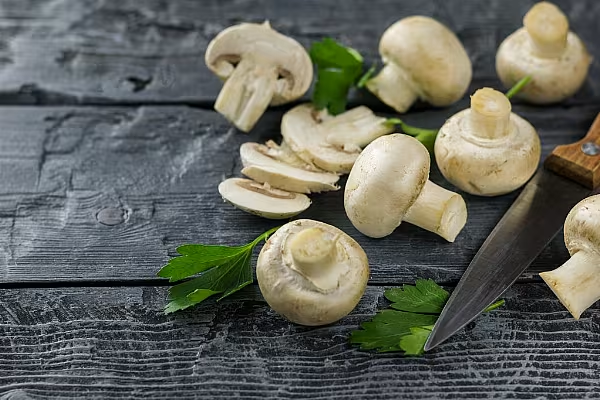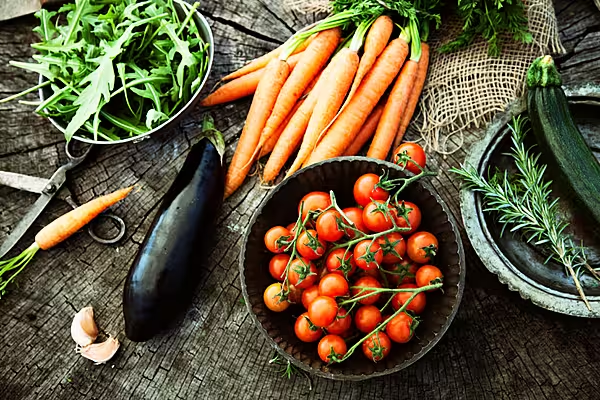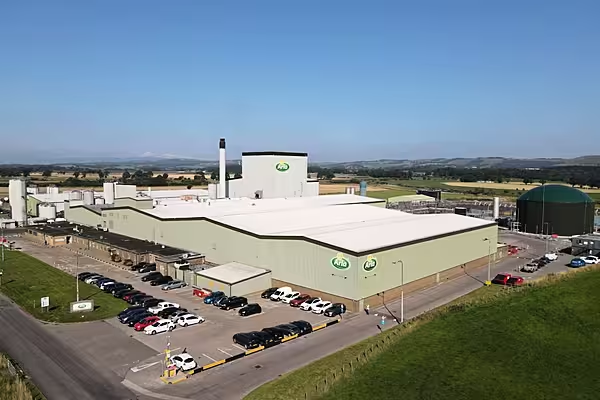Mushroom harvest in Germany grew by 2% in 2023 to 79,769 tonnes compared to 2022, according to the latest data from the Federal Statistical Office (Destatis).
The harvest also marks the second largest in terms of volume since the beginning of edible mushroom harvest records in 2012. It closely follows the 81,000 tonnes harvested in 2021.
The mushroom harvest in 2023 was 11% higher compared to the ten-year average from 2013 to 2022, data showed.
Edible Mushrooms
The total harvest of edible mushrooms on farms with at least 0.1 hectares of production area reached 77,822 tonnes.
Button mushrooms accounted for the majority of edible mushroom production, with a share of almost 98%.
The remainder of the harvest was made up of oyster mushrooms, shiitake and other specialty mushroom cultures.
Around 13% of edible mushrooms (10,100 tonnes) were grown on fully organic farms.
Harvest Area
In 2023, the harvested area for mushroom production remained almost constant at 358 hectares compared to the previous year.
Compared to the ten-year average from 2013 to 2022, it increased by 15%.
The total harvested area for edible mushrooms was 372 hectares, 14% of which came from 100% organic farming.
As in previous years, the two most important federal states for edible mushroom production were Lower Saxony, with a harvest area of 197 hectares, and North Rhine-Westphalia, with 76 hectares.
Egg Production
In 2023, around 13.1 billion eggs were produced in Germany on farms with space for at least 3,000 hens, marking a slight decline of 0.7% compared to the preceding year, data showed.
Barn farming was once again the dominant form of farming, accounting for 58.8% of the eggs produced. However, its share fell compared to 59.7% in 2022.
The proportion of free-range eggs rose to 23.0% during the year from 21.5% in 2022. The percentage of eggs from organic production was 13.4%, a slight decrease compared to the previous year.











